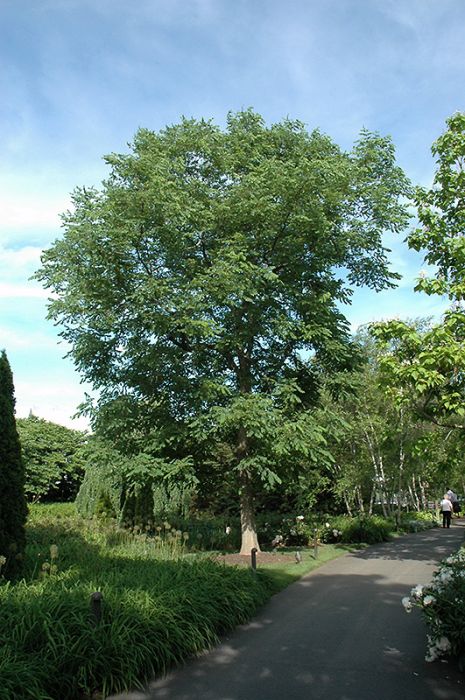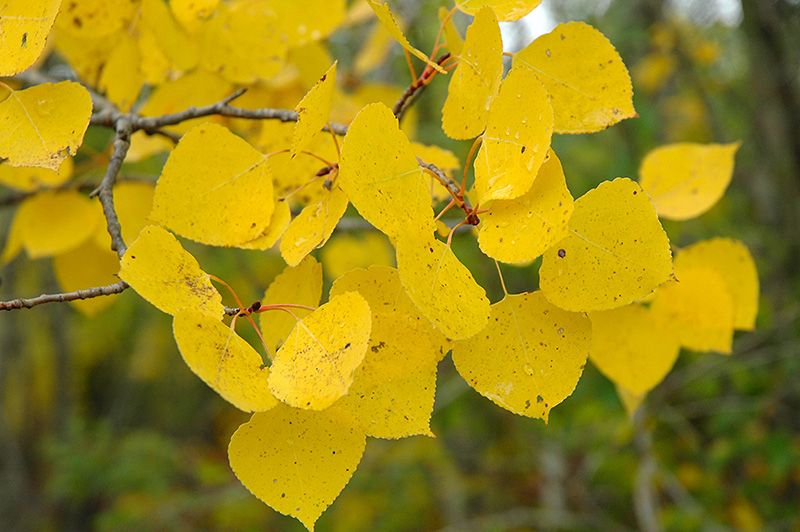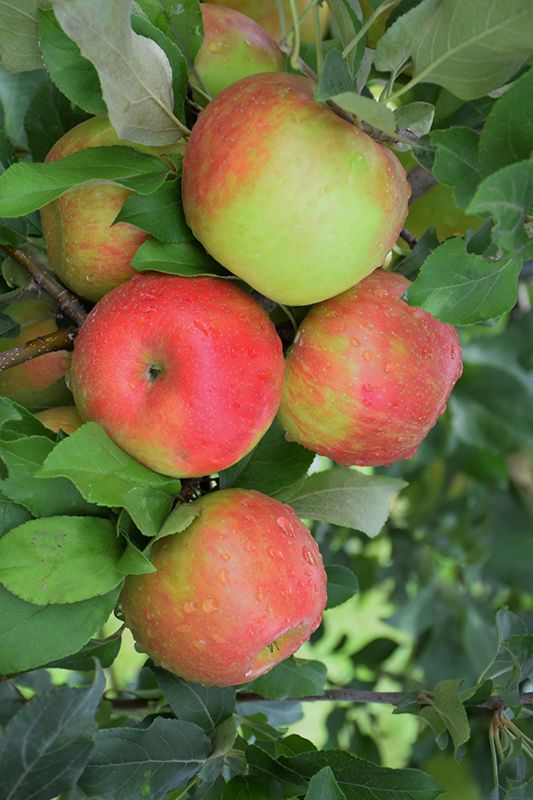Gymnocladus, Kentucky Coffeetree 'Espresso™'



Out of stock
- Sun Preference
- Full-Sun
Description
We currently only offer this tree in the larger sizes. View and purchase here.
A stately large shade tree with massive yet delicate multiply compound leaves; rather coarse outline when young and in winter, but very attractive when in leaf; tolerant of adverse growing conditions; large seed pods can be messy; for larger landscapes.
Minnesota's Largest Selection of Trees
At Minnesota's Destination Garden Center, we offer a diverse range of trees to suit any landscaping need. Whether you're looking for shade trees to cool your home or ornamental trees to add beauty and interest, you'll find the perfect tree at Gertens. Our knowledgeable staff can help you select the right tree for your space and provide tips for care and maintenance. Visit Gertens today and explore the unmatched variety of trees to enhance your outdoor environment!
Details
Height: 50 feet
Spread: 40 feet
Sunlight: ![]()
Hardiness Zone: 3b
Ornamental Features:
Kentucky Coffeetree has forest green foliage throughout the season. The large bipinnately compound leaves do not develop any appreciable fall color. It features subtle panicles of lightly-scented white pea-like flowers hanging below the branches in late spring. The fruit is not ornamentally significant, but can be messy in the landscape. The rough dark brown bark adds an interesting dimension to the landscape.
Landscape Attributes:
Kentucky Coffeetree is a deciduous tree with an upright spreading habit of growth. Its strikingly bold and coarse texture can be very effective in a balanced landscape composition.
This is a high maintenance tree that will require regular care and upkeep, and is best pruned in late winter once the threat of extreme cold has passed. Gardeners should be aware of the following characteristic(s) that may warrant special consideration;
- Messy
Kentucky Coffeetree is recommended for the following landscape applications;
- Shade
Plant Characteristics:
Kentucky Coffeetree will grow to be about 70 feet tall at maturity, with a spread of 45 feet. It has a high canopy with a typical clearance of 7 feet from the ground, and should not be planted underneath power lines. It grows at a slow rate, and under ideal conditions can be expected to live for 90 years or more.
This tree should only be grown in full sunlight. It is very adaptable to both dry and moist locations, and should do just fine under average home landscape conditions. It is considered to be drought-tolerant, and thus makes an ideal choice for xeriscaping or the moisture-conserving landscape. It is not particular as to soil type or pH. It is somewhat tolerant of urban pollution.
This species is native to parts of North America.
| SKU | Container Size |
| T2050 | #10 Container (10 Gallon) |
* Not all container sizes may be available at this time. See store for details on specific container size availability.
More Information
| Gerten Grown Plants | Gerten Grown Plants |
|---|---|
| Tree Type | Shade & Ornamental |
| Sun Preference | Full-Sun |
| Mature Height (Range) | 25 - 50 feet |
| USDA Hardiness Zone | 4, 5, 6, 7 |
| Common Family Name | Coffeetree |






